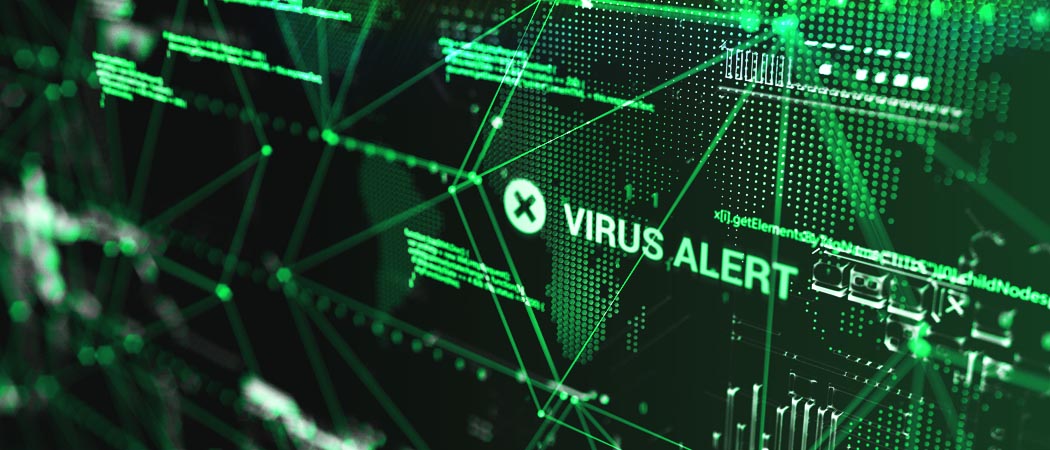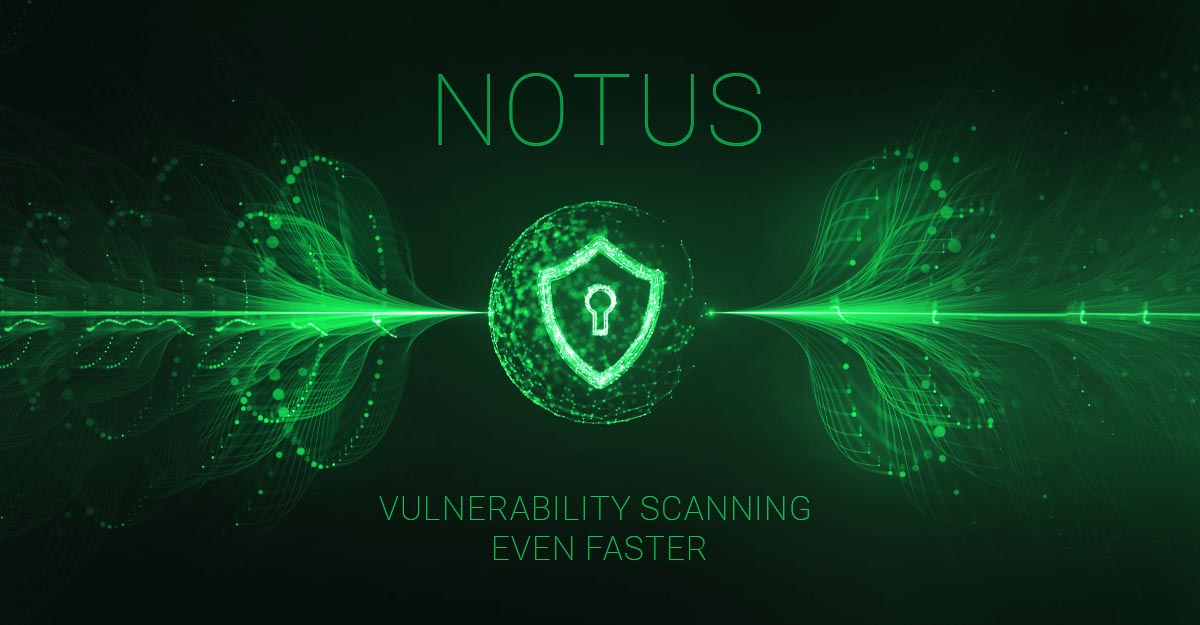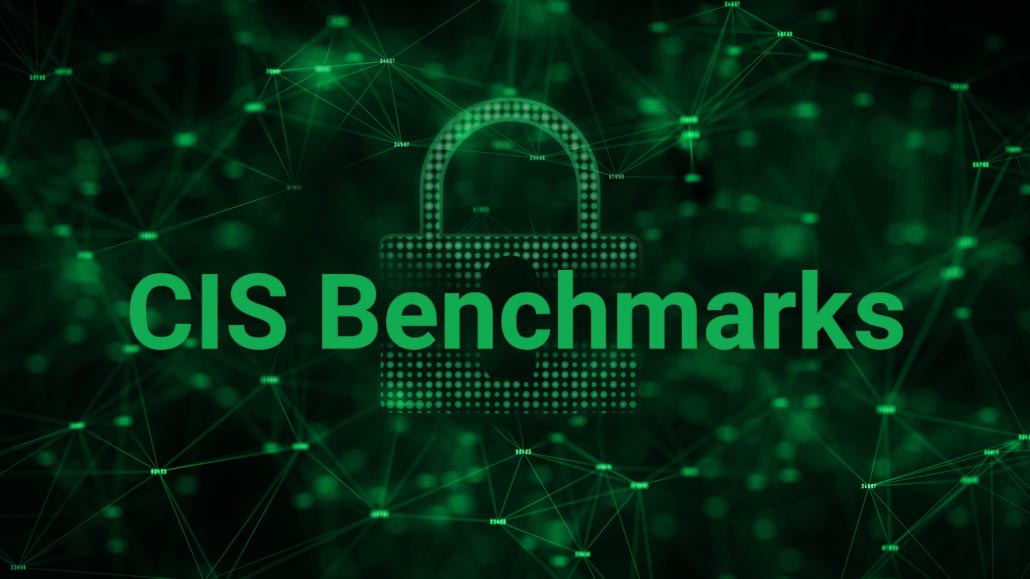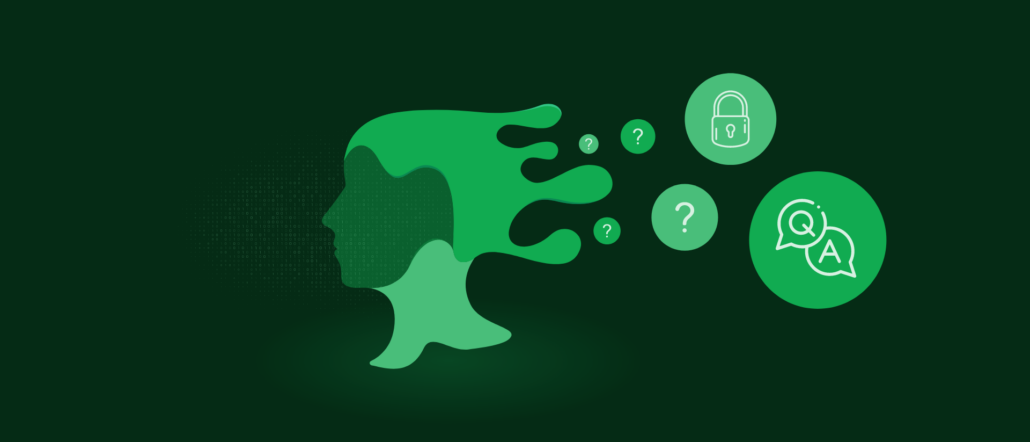Both the cryptocurrency Bitcoin and the darknet have a dubious reputation. The media like to portray both as opaque, criminal parallel worlds. For Ransomware as a Service, Bitcoin and the darknet are welcome tools. Organized crime has been using them for a long time to disguise its business, even if it by no means makes the criminals anonymous and safe from prosecution.
Ransomware became the world’s biggest threat to IT systems in 2021. If you want to successfully protect yourself against it, you also need to understand how the parties involved proceed. Part one of this series of articles focused on the business model of Ransomware as a Service. Part two showed why this “professionalization” also leads to a changed mindset among attackers. Part three now explains why the IT tools that organized crime uses to order and transfer money are far from secure.
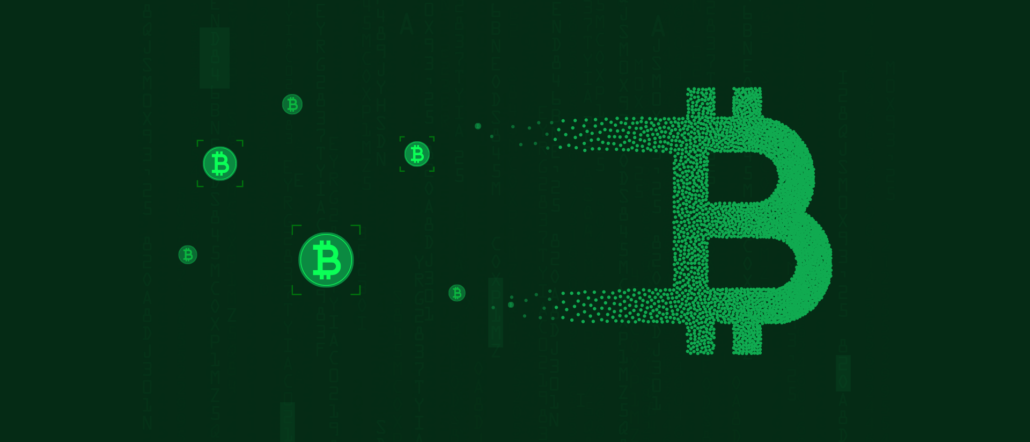
Anonymous and Secure?
Bitcoin as a means of payment and the darknet are proving to be practical, helpful and attractive for attackers. Under the cloak of supposed anonymity, they think they are protected from prosecution and shielded from consequences. But this is a common misconception: neither Bitcoin nor the darknet are anonymous in practice.
While cryptocurrency was never designed for anonymity, but explicitly for traceability of transactions even without a reliable central authority, the darknet turns out to be not even remotely as anonymous as its creators would have liked. This is also shown by reports such as the recent ones about KAX17’s “de-anonymization attacks” on the Tor network. Nearly always, classic investigative methods are enough for law enforcement to track down even ransomware actors like the REvil group. This group had collected half a million euros in ransoms in more than 5,000 infections, according to Heise [German only].
Never a Good Idea: Cooperating With Criminals
No matter whether online or offline, anyone who gets involved with blackmailers is abandoned. As in real life, good advice is never to pay a ransom. Regardless of how professional the hotline on the other end seems, trust is not appropriate. The operators of REvils Ransomware as a Service, for example, even stole the extorted ransoms from their clients via a backdoor in the malware.
It all started out so friendly and idealistic. Roger Dingledine and Nick Mathewson laid the foundations for the Tor network in the early 2000s. Based on the idea of onion rings, numerous cryptographically secured layers on top of each other were supposed to ensure reliable anonymity on the web – in their opinion, a fundamental right, analogous to the privacy definition of Eric Hughes “Cypherpunk’s Manifesto”. Then in 2009, Bitcoin saw the light of day, first described by the almost mystical figure of Satoshi Nakamoto.
Darknet and Bitcoin Are Not “Criminal”
Neither the darknet nor Bitcoin were designed to conceal or enable dark schemes. The goal was to create free, independent, supposedly uncontrollable and largely secure structures for information exchange and payment. Like a knife, however, the services can be instrumentalized for both good and evil – and, of course, organized crime knows how to use this to its advantage. The focus is not always on leaving no traces. Most often, the focus is on the simplicity and availability of the means. Bitcoin and the darknet are simply the tools of choice because they are there.
But as in the real world, the easiest way to catch the extortionists is during the money transfer: a blockchain like Bitcoin documents all transactions ever made, including the wallet information (i.e., the Bitcoin owner), and makes it available for viewing at any time. The same applies to the darknet: even if anonymity is technically possible, people regularly fail to meet the simplest requirements. GPS meta-data can be found in photos or UPS codes in the illegal store. The legendary drug store Silkroad was busted because employees made mistakes and confessed.
Digitized, Organized Crime
The darknet and cryptocurrencies are helpful tools for organized crime and thus fire accelerators for the rapidly growing number of serious ransomware attacks. But they are by no means essential, nor are they to blame. Such cyber crime is just the modern IT variant of what we can also experience on the streets of any major city. Ransomware is, so to speak, the modern protection racket, Bitcoin is the garbage can for the handover, and the darknet is the dark bar where deals are made.
The perfidy is not in the tools, but in the methods and the long experience in the “business”. Trend Micro, for example, describes the “double extortion ransomware” approach. Here, attackers first make an image of the data and threaten to publish it if payment is not made (i.e., if it is not decrypted). Organized crime has been in the extortion business not just since Bitcoin or the darknet came into existence. Even though the two technologies now enable cyber criminals to extort large sums of money undetected at first, conventional methods are almost always sufficient for detection. The most important prerequisite here is that enough law enforcement personnel are available, not primarily their technical equipment.
Take Precautions
But at this point, in the company, the horse has already bolted. If you are faced with encrypted data and a ransom demand, the darknet, Bitcoin and the detection rate are probably of secondary importance. Much more important is the question of how to get out of the unfortunate situation. And you can only do that if you were prepared. This includes backups, restore tests and the immediate disconnection of all affected machines (network split) – in other words, proactive risk management, disaster recovery tests and constant maintenance of your own systems. Another important component is multi-factor authentication, which prevents attackers from shimmying from one system to the next using acquired passwords alone.
The most important thing, however, is to avoid critical situations in the first place and to identify vulnerabilities in your own systems and close them quickly. Modern vulnerability management like Greenbone’s does just that: it gives you the ability to close gaps in your systems, making the corporate network unattractive, costly, and thus a deterrent to professional cyber criminals, not just from the Ransomware-as-a-Service world.
Greenbone’s products monitor the corporate network or external IT resources for potential vulnerabilities by continuously and fully automatically examining it and, as Greenbone Enterprise Appliances or the Greenbone Cloud Service (software as a service hosted in German data centers), guarantee security by always up-to-date scans and tests.
How this works is described by Elmar Geese, CIO/CMO at Greenbone, also here in the blog with a post around the Log4j vulnerability. In addition, Geese explains how quickly and securely the administration and management are also informed of the latest vulnerabilities and how exactly the scan for vulnerabilities such as Log4Shell is carried out.


